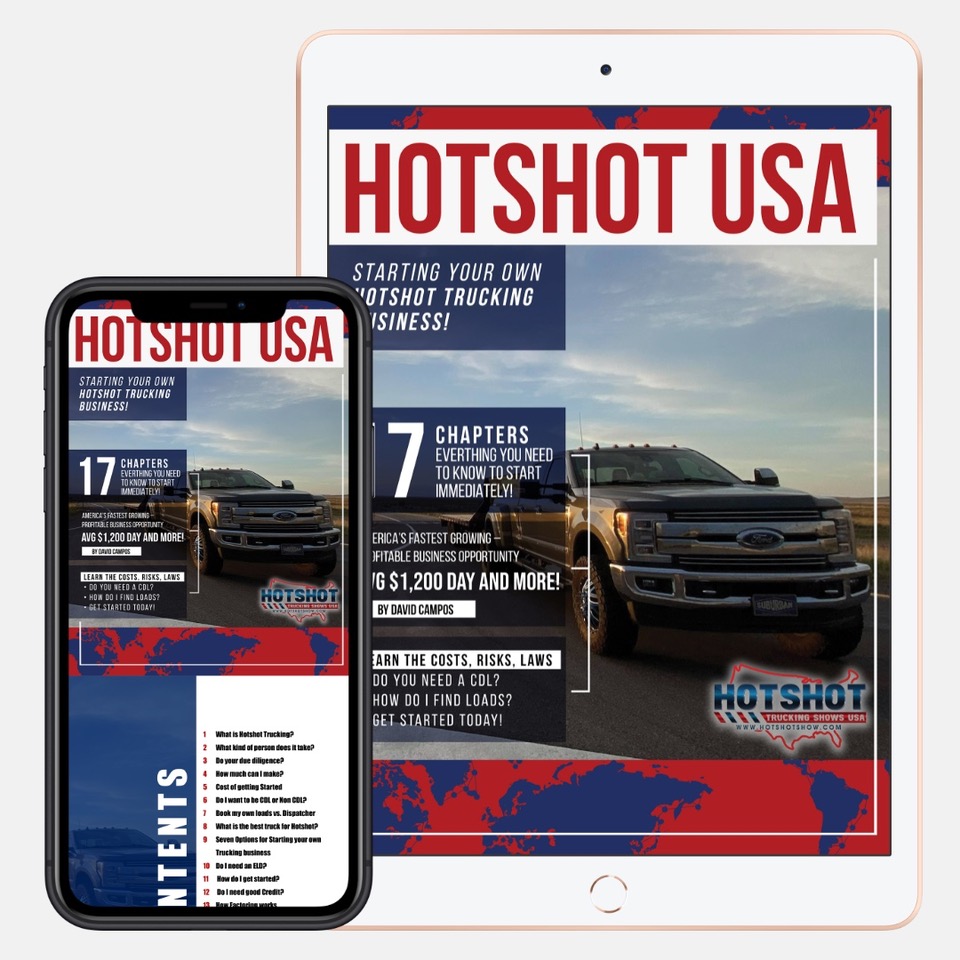Moving into the world of Hotshot trucking comes with a lot of changes, especially if you’re transitioning from a normal 9-5 job. From handling your own taxes, to figuring out your own hours, the number of changes can be overwhelming. One of the most overlooked changes is finding your own hotshot health insurance. PPO’s, HMO’s, out of pockets, networks, exclusions, short terms, underwriting, waiting periods; it’s easy to see how your head can start spinning at mach 4. That’s why I’m here: to give you a quick “what-you-need-to-know” about health insurance in your new career.
What You Need To Know About Hotshot Health Insurance
First, let’s discuss hotshot health insurance networks and why they are important to you as a driver. There’s two main classifications of networks: limited networks and PPO’s. In just a few words, limited networks will tell you what doctors and facilities you can go to. Outside of a few circumstances, you will have essentially no coverage outside of these specified places. PPO’s give you… “strong suggestions” as to where you can receive care, but won’t leave you out to dry should you find yourself outside of their network of providers.
Now, make no mistake, life is ALWAYS better in network. If you find yourself seeing a provider out of network, expect higher deductibles and out of pockets, but at least you know you won’t be selling the house simply for seeing a doctor or hospital they aren’t contracted with. For the average American, a strong limited network is more than sufficient. As long as they don’t mind being told which doctors they can see, most people will have access to the specialists, primary care physicians, and emergency medical facilities that they need to stay in good health.
You, however, are likely not the average American. Most limited networks are based around your home community (usually centralized around your home zip code), which, as a hotshotter, means you will spend a LOT of time in areas where you have essentially no coverage.
Insurance Pro’s And Con’s
Now that we’ve established you (probably) need a PPO, let’s address the sad fact that not all PPO’s are created equal. You see, there are only 4 places you can find PPO networks: Employer Sponsored Plans, Underwritten Plans, Multi-plans, and Short Terms. Let’s take a dive into the pros and cons of each.
1. Employer plans
a. Pros: These are some of the best plans available if you’re lucky enough to have them. They have rock solid coverage, no pre-existing clauses, and are often more affordable than other options.
b. Cons: If you’re an independent hotshotter (which I’m guessing you are), you likely won’t have access to these options simply because you are your own employer. Also, while they are more affordable for the employee, they can get very expensive when adding on a spouse and kids.
2. Underwritten plans
a. Pros: On the private market, these are the closest options there are to employer plans. Solid max out of pockets, strong pre-deductible benefits, and relatively low monthly costs. They are also on some of the biggest networks out there, so your options of doctors and facilities that are available are almost endless.
b. Cons: These are medically underwritten, meaning the insurance company wants to make sure you are as healthy and low risk as possible. Also, if you are planning to have a baby or seek mental health assistance, you will be entirely out of pocket as there are exclusions for both maternity and mental health.
3. Multiplans
a. Pros: These are relatively low cost options with no medical underwriting and strong pre-deductible benefits. If all you’re in need of is a few doctors office visits and some lower level accident benefits, these can be a great choice for you.
b. Cons: Mulitplans are almost always indemnity based, meaning they have no solid max out of pocket. While that may not affect you too much on your small to medium size medical needs, you could be in serious trouble on larger, more expensive events that could entirely drain you and your company of all assets.
4. Short Terms
a. Pros: These are essentially underwritten plans that are a touch cheaper and slightly easier to get into. If you are PERFECTLY healthy, short terms can be an affordable way to get decently well rounded benefits for small, medium, and large medical events.
b. Cons: Short term plans almost ALWAYS practice point of claim underwriting, meaning they will always try to link any new claim with a pre-existing condition in order to deny claims. Because of this, nearly 67% of claims on short terms are left unpaid. In addition, these are renewed on a “term” basis. This means if we have an event that leaves us with a pre-existing condition, we may not be able to renew into the same plan at the end of that term.
As you can see, there are a lot of things to consider when choosing your route in hotshot health insurance. That’s why David at Hotshot-USA has partnered with my company, Live Well Health Consulting. We specialize in guiding and building plans for self employed hotshotters that are custom built for your circumstance. If you have any questions or would like some guidance through this process, feel free to reach out to us directly at the contacts listed below. Congrats and good luck on your hotshotting business!
Justis Wilson
Owner
Live Well Health Consulting LLC
325-439-0651
[email protected]
CHECK OUT MORE ARTICLES FROM OUR HOTSHOT-USA RESOURCE BLOG!
GRAB OUR E-GUIDE “HOW TO GET STARTED IN THE HOTSHOT BUSINESS”














